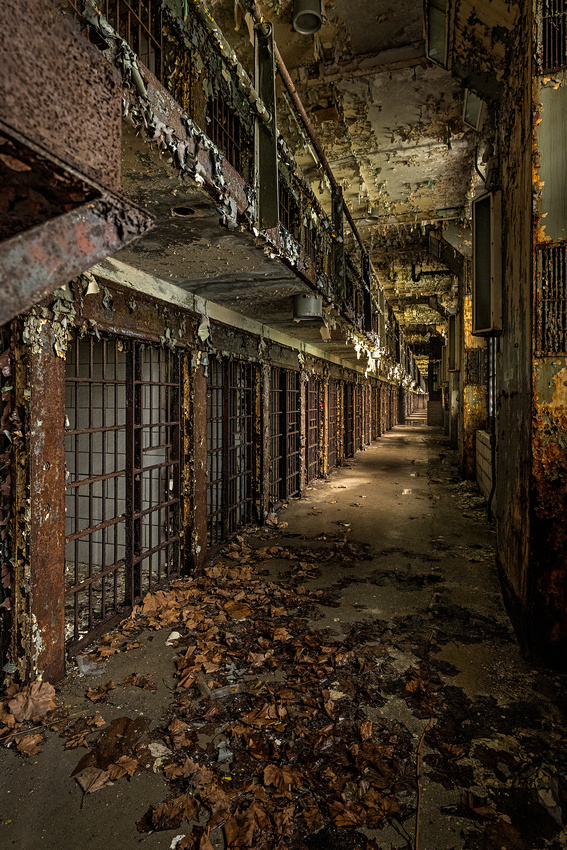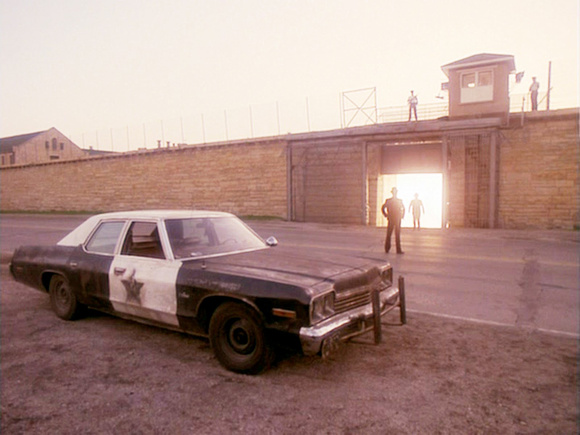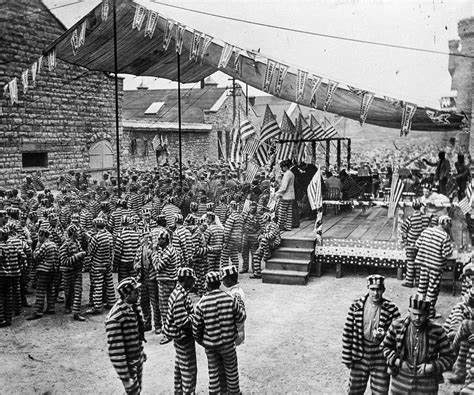Going to Prison


Do You Want to Go to Prison?
It was a tempting offer. Friends Dave Fox and Paul Teodo were going to prison. And not just any prison; this was the Old Joliet Prison in Joliet, Illinois. We were going on a tour.
The Old Joliet Prison is probably best known for its most popular, yet fictious inmate, “Joliet Jake” from the 1980 movie The Blues Brothers.


Closed in 2002 and heavily vandalized, the City of Joliet finally received permission to take over the prison in December of 2017. The Old Joliet Prison Preservation Coalition has worked on stabilizing the site since then. The Coalition has benefited from over 6,500 volunteer hours, one million dollars in in-kind labor and donations, and nearly $200,000 in fund raising.
Self-guided tours are $20. For an extra $10, you can take the guided tour. And for $40, a former guard can be your docent.
A Famous Architect
The prison’s iconic castellated Gothic architecture was designed by Chicago architect W.W. Boyington. You can also see a similar design in his famous Chicago Water Tower. The use of Joliet limestone was a trademark of his designs. The stone was quarried locally in Joliet and used to erect structures all around the country.
Interestingly, just below the topsoil of the prison is Joliet limestone. That ruled out tunneling as a means of escape.
“The Pride of Her Citizens”
After opening in 1858, the Chicago Tribune wrote “We came away fully impressed with the belief that the important trusts at Joliet are in good hands, that there is growing a State work which will be for long years to come the pride of her citizens.” That was just six years after Joliet was incorporated.
Over time, the Illinois State Penitentiary, Joliet, became simply known as the “Old Joliet Prison.” It replaced Illinois’ first state penitentiary in Alton, built in 1831. Alton had been privately managed.
Conditions at Alton were horrendous. After an inspection in 1847, noted reformer Dorothea Dix personally petitioned the Illinois General Assembly to construct a new penitentiary.
The Assembly agreed, and on May 22, 1858, fifty-three inmates arrived in Joliet to begin construction of the new Illinois State Penitentiary. They built the prison around themselves, supplying the labor which included quarrying the local limestone.
Prison discipline was severe. Male prisoners were only allowed out of their cells on Independence Day during the early years of the prison. And the women weren’t allowed out at all.


An Independence Day Celebration
Built with the promise of better conditions, the situation quickly deteriorated. By 1878, the Prison was well over capacity with nearly 2,000 inmates. By 1905, the reports of unsanitary and dangerous conditions prompted a call for the prison to be closed.
The 1926 construction of Stateville Penitentiary five miles north of Old Joliet Prison was intended to close Old Joliet. But it took until 2002 for then-Governor George Ryan to close the 144-year-old prison for budgetary reasons.
The Shot
The regular self-guided tour is largely restricted to the exterior. But you can go a few feet into the East Cellblock for a look down the row of cells. To me, it was the most interesting photograph I took that day.
Thanks for looking,
Chuck